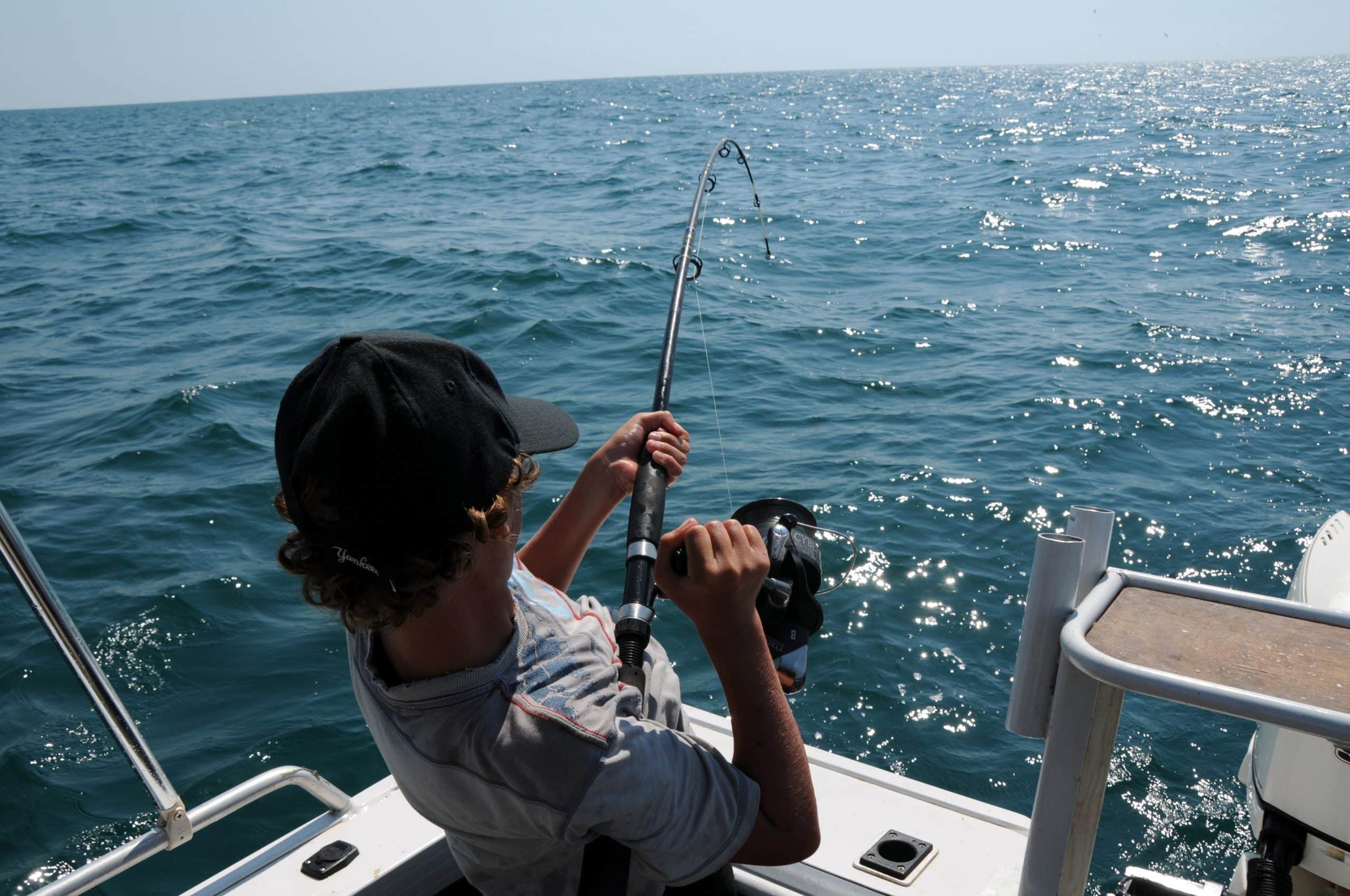How can technology support sustainable fishing practices?

In the modern world where technology governs each aspect of our lives, the fishing industry is not left untouched. Technological advancements are playing a fundamental role in supporting sustainable fishing practices. As you delve into the article, you’ll discover how the blend of technology and sustainability is shaping the future of our oceans and marine ecosystems.
Harnessing Data to Improve Fisheries Management
The fishing industry has always relied on traditional methods for gathering data, which often leads to inaccuracies and inefficiencies. With the advent of data technology, fisheries are now equipped with more precise and comprehensive information about their operations. This data-driven approach is transforming fisheries management in significant ways.
Have you seen this : How Are AI-Powered Bionic Limbs Transforming Prosthetics?
Firstly, data technology enables real-time monitoring of fishing activities. Sensors and satellite technologies are used to collect data about the species being caught, the location of the catch, and the fishing methods used. This information helps to monitor fishing practices and ensure they comply with sustainability standards.
Secondly, data analytics tools are used to analyze this data and provide valuable insights. For instance, they can predict the population trends of different fish species, identify overfished areas, and suggest optimal fishing times. This information can guide fisheries towards more sustainable practices.
Also read : How Can Blockchain Secure Internet of Things (IoT) Networks?
Importantly, data-sharing platforms are being developed to facilitate the exchange of information between different stakeholders in the industry. This promotes collaboration and transparency, essential for sustainable fishery practices.
Innovative Technologies for Monitoring Marine Ecosystems
Marine ecosystems play a crucial role in maintaining the health of our planet. They are home to a wide variety of species and contribute significantly to our global climate regulation. Therefore, monitoring these ecosystems is vital for sustainable fishing.
Emerging technologies are providing us with new ways to monitor and understand marine ecosystems. For example, underwater drones equipped with cameras and sensors can explore the deep sea, collecting data about the health of coral reefs, the presence of different species, and changes in water conditions.
Artificial intelligence (AI) and machine learning (ML) are also being utilized to analyze this data and provide insights. They can identify patterns and trends that might go unnoticed by human observers. For instance, they can predict changes in fish populations or detect early signs of environmental degradation.
Moreover, remote sensing technology is used to monitor the ocean’s surface. It provides crucial data about sea temperatures, ocean currents, and plankton concentrations – factors that significantly affect the health of marine life.
Promoting Sustainable Seafood Practices through Blockchain
You might be wondering how a technology associated with cryptocurrencies like Bitcoin can help promote sustainable fishing practices. Well, blockchain technology has far more applications beyond the financial world.
As you may know, blockchain is a decentralized system that records transactions across many computers. In the fishing industry, this technology can be used to create a traceable and tamper-proof record of seafood products, from the ocean to the plate.
This system provides consumers and businesses with access to reliable information about the origin of seafood products, the species of fish, the fishing methods used, and the environmental impact. This transparency encourages sustainable fishing practices and helps to combat illegal, unreported, and unregulated fishing.
Aquaculture and Technology: A Sustainable Solution
Aquaculture, the farming of fish and other aquatic species, is recognized as a more sustainable solution to meet the growing demand for seafood. Technology plays a significant role in enhancing the sustainability of these practices.
For instance, recirculating aquaculture systems (RAS) are used to farm fish in a controlled environment. They recycle water and remove waste products, significantly reducing the environmental impact compared to traditional open-water fish farms.
Moreover, automated feeding systems are used to optimize feeding practices. They use sensors to monitor the appetite and growth of fish, ensuring they get the right amount of food. This minimizes waste and contributes to the overall sustainability of the system.
Engaging Fishers in Sustainable Practices with Technology
Finally, technology is playing a significant role in engaging fishers in sustainable practices. Mobile applications are used to provide fishers with real-time data about fish populations, weather conditions, and sustainable fishing methods. These tools enable them to make informed decisions and contribute to the sustainability of the industry.
Moreover, digital platforms are being created to connect fishers with consumers directly. By removing intermediaries, these platforms promote transparency and allow consumers to support local, sustainable fisheries.
In conclusion, technology is no longer a luxury but a necessity in the present-day fishing industry. It is an essential tool in the fight against overfishing and environmental degradation, promoting sustainable practices that ensure the long-term health of our oceans and marine ecosystems.
Implementation of Machine Learning and Artificial Intelligence in Sustainable Fishing
Machine Learning (ML) and Artificial Intelligence (AI) have become integral components of diverse industry sectors, and the fishing industry is not an exception. The integration of these technologies has been instrumental in creating more sustainable and efficient fishing practices.
One of the primary ways AI and ML contribute to the fishing industry revolves around the analysis of vast volumes of data. With the ability to analyze large datasets quickly, these technologies can predict fish population trends and alert fisheries when stocks are declining. For instance, AI can assess changes in the size, weight, and quantity of catches, an essential aspect of managing fish stocks effectively.
Moreover, advanced algorithms can assist in monitoring and controlling fishing gear to minimize bycatch, thus reducing the unnecessary catch and subsequent death of non-target species such as sea turtles and dolphins. AI can also help optimize the deployment of fishing gear, ensuring that it’s used in areas with abundant fish stocks, thereby reducing the environmental impact and promoting sustainable practices.
In addition to this, AI and ML can aid in detecting illegal fishing activities. They can identify patterns in data that may indicate unlawful behavior, enabling authorities to take swift action. This plays a crucial role in curbing overfishing and preserving marine biodiversity.
Responding to Climate Change in Fisheries Management
Climate change is one of the most significant challenges the fishing industry faces today. Rising water temperatures, ocean acidification, and unpredictable weather patterns are dramatically affecting fish populations and their habitats. Implementing technology to adapt to these changes is vital for the sustainability of the fishing industry.
Real-time data collection has been instrumental in studying and monitoring climate change. Satellite technology and remote sensing have been used to measure sea surface temperatures, ocean currents, and even changes in plankton concentrations, which significantly impact fish populations.
Furthermore, predictive models powered by AI and ML can forecast climate change impacts on marine ecosystems. This can guide fisheries on when and where to fish, leading to more sustainable practices.
Moreover, technology assists in developing adaptation strategies. For instance, fisheries might use predictive modeling to identify species likely to thrive under changing conditions to diversify their catch. In aquaculture, technology can help design climate-resilient systems, reduce energy usage, and minimize the environmental impact.
Conclusion: The Crucial Role of Technology in Sustainable Fishing
In the face of overfishing, climate change, and mounting environmental concerns, technology has emerged as a crucial ally for the fishing industry. It’s providing innovative solutions to manage fish stocks sustainably, monitor marine ecosystems, combat illegal fishing practices, and adapt to climate change.
From harnessing the power of data analytics, AI, and ML to implement real-time monitoring and predictive models, technology is revolutionizing the way we approach fishing practices. It’s promoting transparency, increasing efficiency, and contributing to the overall sustainability of the industry.
Equally significant is the role of technology in engaging fishers in sustainable practices. Providing them with real-time data and creating platforms that connect them directly with consumers not only promotes sustainability but also empowers them to become active participants in this crucial endeavor.
As we look to the future, it’s clear that the intersection of technology and sustainability will continue to shape the fishing industry. It will be instrumental in safeguarding our marine ecosystems, ensuring the longevity of fish populations, and ultimately, the survival of the industry. The journey towards sustainable fishing is a challenging one, but with the aid of technology, it is a goal within our reach.
